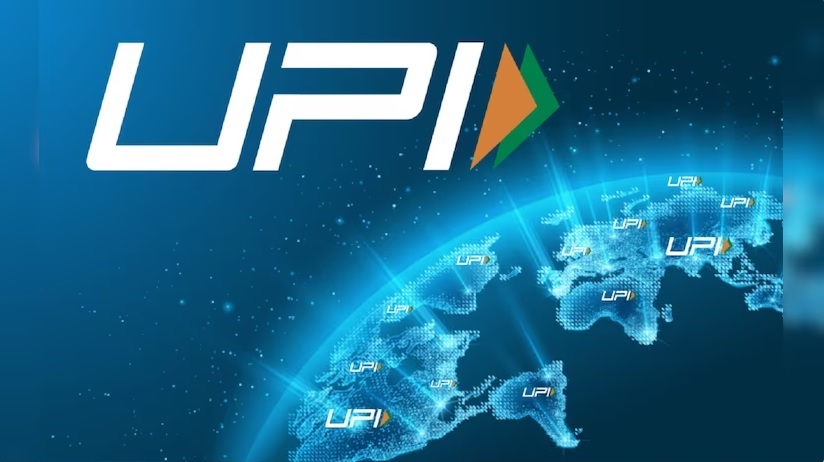
Global echoes of Indian payment innovations: A comprehensive analysis
Singapore, Malaysia, the UAE, France, the BENELUX countries have now adopted multiple digital processes created in India
In an era where digital transactions have become the backbone of global economies, India’s pioneering payment methods are casting a long shadow, influencing and being adopted in diverse markets. These include nations like Singapore, Malaysia, the United Arab Emirates (UAE), France, the BENELUX countries (Belgium, the Netherlands, and Luxembourg), Nepal, and the United Kingdom. Multiple indigenous payment processes have been adopted for specific features that each of them offers.
Unified Payments Interface (UPI) Model
The UPI model, a jewel in India’s digital crown, has revolutionized real-time payments. Countries like Singapore and the UK are taking cues from this model to simplify and unify their digital payment systems. The UPI’s seamless, inter-operable infrastructure offers a blueprint for nations aspiring to streamline their digital transaction ecosystems.
Mobile Wallet Success
India’s mobile wallet success, exemplified by platforms like Paytm, has resonated in countries like Malaysia and Nepal. These nations, grappling with significant unbanked populations, are drawing inspiration to boost their digital transactions, aiming to replicate India’s success in harnessing mobile technology for financial inclusion.
QR Code-Based Payments
The widespread use of QR codes in India’s transaction landscape is being mirrored in Singapore and the BENELUX countries. These regions recognize the ease of use and accessibility of QR code-based transactions, making them appealing for both urban and rural demographics.
Micro Payment Solutions
India’s adept handling of micro payments caters to a market driven by small-value transactions. This approach is being keenly observed by France and Malaysia, where similar market dynamics exist, and there’s a need for efficient handling of low-value transactions.
Aadhaar-Enabled Payment Systems
The Aadhaar-enabled payment systems of India, leveraging biometric verification, are influencing countries like the UAE and the UK. These nations are exploring similar biometric systems to ensure secure and inclusive digital transactions.
Financial Inclusion Initiatives
Initiatives pioneered by India to foster financial inclusion through the adoption of digital payments are finding resonance and being replicated in nations such as Nepal and Malaysia. These nations are adopting India’s strategies to extend banking services to the unbanked, leveraging technology to bridge financial divides.
Rural Digital Payment Adaptation
India’s strategies to penetrate rural markets with digital payments are a blueprint for countries like Nepal and the BENELUX region. These regions share similar rural demographics and are implementing analogous strategies to extend digital payment networks to remote areas.
India’s regulatory framework for managing digital payments is emerging as a model for nations like France and Singapore. These countries are developing their digital economies and see value in India’s balanced approach to regulation and innovation.
Innovative Payment Technologies
The innovative payment technologies embraced by India, including contactless payments and e-wallets, are influencing markets like the UK and the UAE. These regions are adopting similar technologies to keep pace with global digital payment trends.
Cross-Border Payment Systems
Finally, India’s advancements in facilitating cross-border payments are being closely studied by countries like Singapore and the BENELUX nations. These countries see India’s model as a way to enhance their international trade and remittance flows, ensuring smoother cross-border financial transactions.
The adoption of India’s payment methods by these countries is driven by several key factors:
Technological Compatibility: India’s digital payment solutions are versatile and adaptable, making them suitable for diverse economic landscapes.
Inclusivity and Accessibility: These methods cater to a wide range of users, including the unbanked and those in rural areas, a common challenge across these nations.
Innovative Approach: India’s blend of innovation and practicality in digital payments offers a compelling template for countries looking to modernize their payment systems.
A 2023 case study conducted revealed the following impact the implementation of Unified Payment Integration has had on Singapore’s transactability.
Improved speed: The most immediate impact was the drastic reduction in transaction time. Payments that previously took hours or even days were now completed in seconds, and the public reported engaging in a more dynamic economic environment.
Reduction in Transaction Costs: With the streamlined process, the operational costs associated with transactions decreased significantly. This efficiency gain was beneficial for both consumers and businesses, making digital payments more viable and attractive.
Increased Adoption of Digital Payments: The simplicity and efficiency of the system encouraged more Singaporean nationals including consumers and merchants to adopt digital payments, accelerating the nation’s move towards a cashless society.
Enhanced User Experience: Users have been depending more on digital transactions adopted by India in 2023 due to the system’s user-friendly interface and reliable performance, according to the report.
Boost in Financial Inclusion: By making digital payments accessible and easy to use, the system played a crucial role in promoting financial inclusion, reaching out to segments of the population previously reliant on cash-based transactions.
While the implementation was largely successful, the journey was not without challenges. Adapting the system to local regulatory standards and ensuring seamless integration with existing banking infrastructures required meticulous planning and collaboration. However, through a phased approach and constant stakeholder engagement, these challenges were effectively overcome.
To conclude, India’s digital payment methods are not just reshaping its financial landscape but are also setting a global standard. As countries like Singapore, Malaysia, the UAE, France, the BENELUX countries, Nepal, and the UK adapt these methods, they are ascendingly embracing technological innovation and acknowledging the effectiveness of India’s inclusive and forward-thinking approach to digital finance.
***


